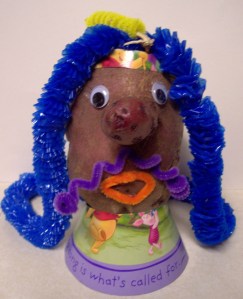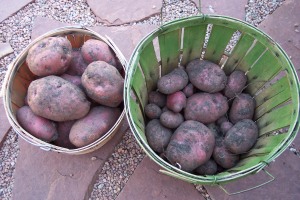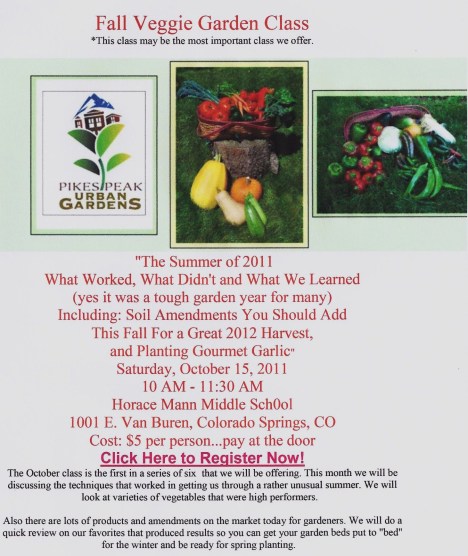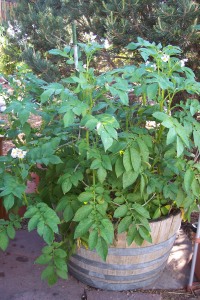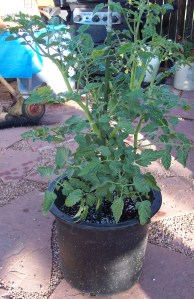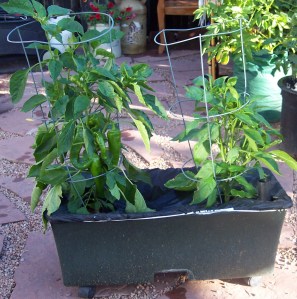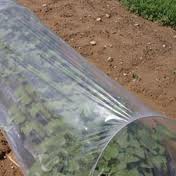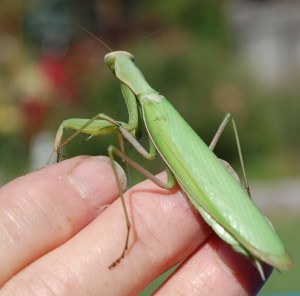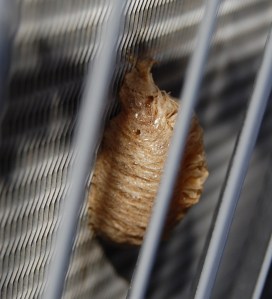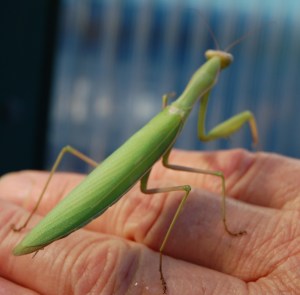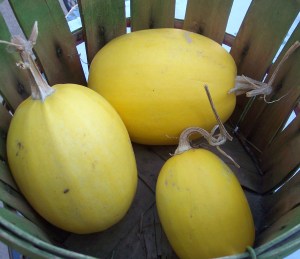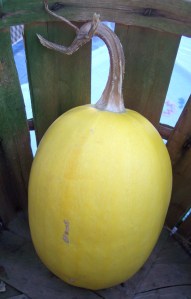I think Punxsutawney Phil got it right this year about having six more weeks of winter. Look at the news and the weather reports, winter’s wrath is being felt as far South as the Carolinas. With snow, sleet and ice just about all over the United States it is hard to think about gardening.
I know February is not even half over yet, but now is the time to start thinking about what you are going to plant in your garden this year. If you are like me you have already received in the mail dozens of seed catalogs. Now is the time to order your seeds before they are sold out.
I like to start a lot of my vegetable seeds indoors. The reason for this is I can choose what vegetable plants I want in my garden and not held hostage by what the nurseries have on their shelves. Take a look at what your favorite nursery sells this year, I bet it is almost the same thing as last year.
 One tomato plant I would suggest you try this year is “White Cherry” from Pinetree Garden Seeds. Though the name suggests a white cherry tomato, its name is a little misleading. It is an indeterminate, pale, almost translucent, lemon yellow 1 inch tomato borne on vigorous vines. Additionally, they have a very pleasant sweet/tart flavor per the catalog’s description. My son presented me with some seeds last season and once they began to ripen I had so many I was giving them away and what a wonderful flavor.
One tomato plant I would suggest you try this year is “White Cherry” from Pinetree Garden Seeds. Though the name suggests a white cherry tomato, its name is a little misleading. It is an indeterminate, pale, almost translucent, lemon yellow 1 inch tomato borne on vigorous vines. Additionally, they have a very pleasant sweet/tart flavor per the catalog’s description. My son presented me with some seeds last season and once they began to ripen I had so many I was giving them away and what a wonderful flavor.
So while you are watching the Olympics tonight, browse through those seed catalogs and pick out what you want to be eating when harvest time comes around.
Filed under: In the Garden | Tagged: Colorado Gardening, Pinetree Garden Seeds, Spring gardening, White Cherry Tomato | Leave a comment »


